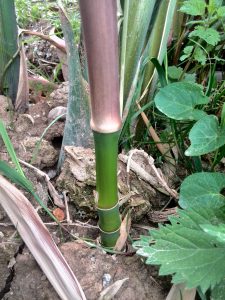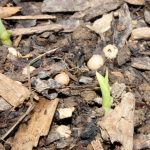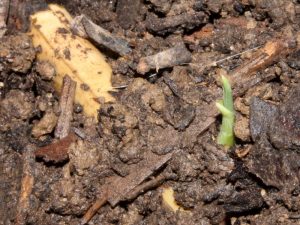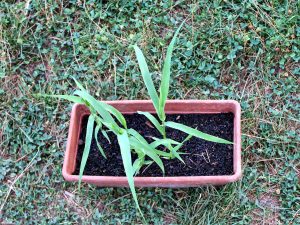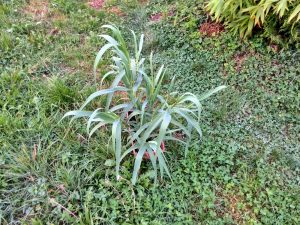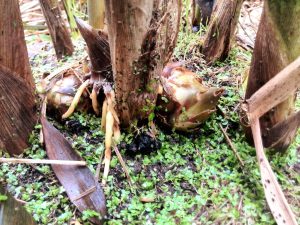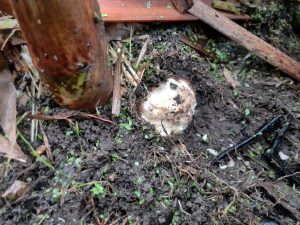Phyllostachys aurea
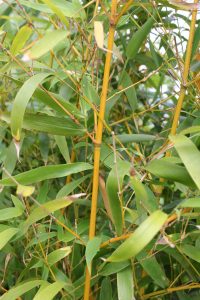
| Basic information: |
| Height: 4 to 8 m Culm diameter: 3 cm Hardiness: -18 °C Characteristics: cold hardy, vigorous, running bamboo, they frequently have compressed internodes at the base |
Phyllostachys aurea is also called golden bamboo due to it’s golden yellow culm or fishpole bamboo, because of its use as a,… you guessed right, fishing pole. It’s medium tall running bamboo that grows in temperate climate. It can be slightly less hardy than the hardiest Phyllostachys bamboos like Phyllostachys nuda, Phyllostachys aureosulcata (whole family of bamboos :)) or Phyllostachys bissetii, but it can bounce back even when it gets completely scorched during the winter. It can be extremely aggressive in warmer climates and can spread vigorously. Like with all running bamboos, you have to be careful to confine it (and)or regularly check and remove possible escaping runners. It has strong culms that can be used in various DIY projects.